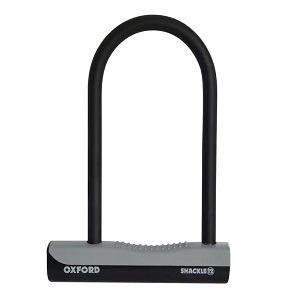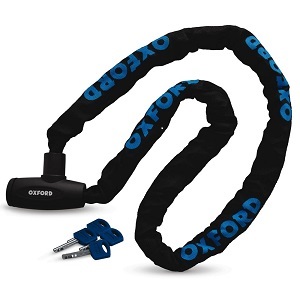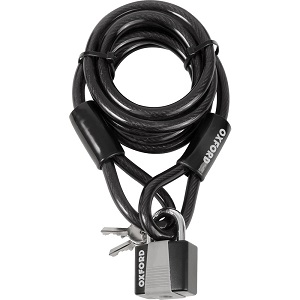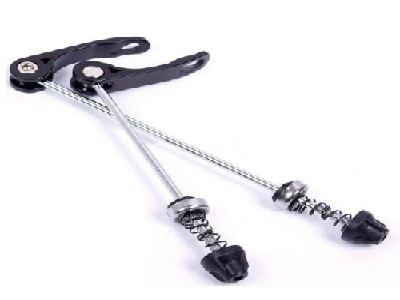It’s every cyclist’s worst nightmare, but bike theft is a real risk with a bike theft reported every 6 minutes. Keeping your bike safe isn’t as simple as buying a cheap lock. Preventing theft is a combination of where and how you lock your bike. No bike lock is unbreakable, but follow this simple guide to help you stay one step ahead of thieves.
Where to lock your bike
In The Street or at Work
The neighbourhood you live in will affect this, but here are some general tips to follow.
Many workplaces offer private spaces to leave your bike. But remember if anyone else has access to the space, you should lock your bike as if you were locking it on the street.
At Home
Surprisingly over half of stolen bikes are taken from the owner’s home, so no matter how safe it feels, this is where your bike is most at risk. Sometimes bike security at home can be challenging, but there’s still much you can do to protect your ride.
How to lock your bike
Best practice will vary depending on where you lock your bike and the type of lock(s) you use. However, here are some guidelines you should always follow.
Types of Lock
After buying lights and a helmet, the most important cycling accessory is a quality lock. It’s best to pick a bike lock according to the crime level of your area.
D-Lock

D-locks are the classic security system for bikes. They offer 360 degree protection for your frame, and are best for medium/high risk crime areas. The security of a D lock comes from the materials it is made out of and it’s shape which makes leverage attacks difficult.
Chain Lock

Chain locks are not as durable as D-locks, but they are very versatile allowing you to lock your bike frame and both wheels to difficult and unusual objects. This also makes them suitable for medium/high crime areas. But remember, the thicker the chain the better it will resist bolt cutters.
Cable Lock

Cable locks are light and convenient and like chain locks they allow you to tether your bike to a broad range of objects. They also offer a visual deterrent. Be aware that cable locks will only delay an equipped thief, so these are best used when your bike remains in your line of sight or in low crime areas.
Ground Anchor

Ground anchors are immovable platforms you fix to your garage floor which offer the best protection for home storage.
‘Sold Secure’ Lock Rating
Many insurers will only pay out if your bike was locked with a Sold Secure approved lock. You should check your insurance for details.
Sold Secure rates locks at Diamond, Gold, Silver and Bronze levels based on how long it takes to break the lock and the tools needed to break it. .
A Sold Secure Diamond lock will be the most secure but pricy; a bronze lock may stop an opportunist thief, but not a professional one; while a silver lock will often balance security with price.

Quick Release

Many people find quick release wheels and saddles are more trouble than they’re worth. If you know you’ll be leaving your bike locked up frequently, it will make your bike much harder to steal if you replace quick release mechanisms with normal nuts.
Bike Marking
Most bikes can be security marked and added to a police database, so that if the police find it, they can return it to you. This really does happen!
If you can’t mark you bike you can still register your bike with BikeRegister free of charge.
Take photos of your bike, so if it is stolen you can share those images with police and on social media, and have a higher chance of retrieving it.


